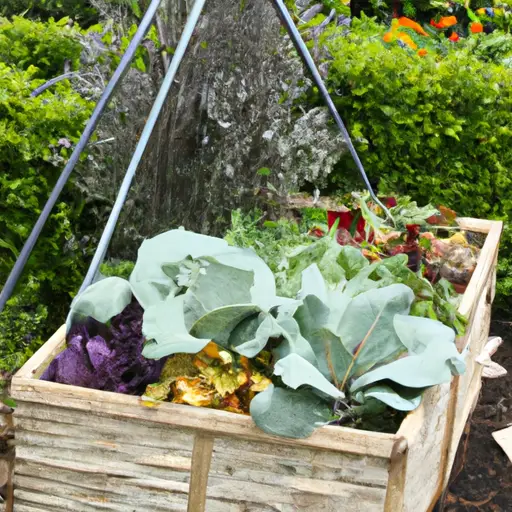Tips and Tricks for Successful Container Vegetable Gardening
Container vegetable gardening is a great way to grow your own fresh produce, even if you have limited space. Whether you live in an urban apartment or have a small backyard, containers offer the flexibility to cultivate a variety of vegetables right at your doorstep. To ensure a successful container vegetable garden, here are some tips and tricks to get you started on your green thumb journey.
1. Choose the Right Containers
Selecting the right containers is crucial for the success of your vegetable garden. Opt for containers that are at least 12 inches deep, as most vegetables require adequate root space to grow and thrive. Additionally, make sure your containers have drainage holes to avoid waterlogged soil, which can lead to root rot.
2. Pick Suitable Vegetables
When it comes to container gardening, not all vegetables are created equal. Some thrive better in confined spaces than others. Consider growing compact varieties such as cherry tomatoes, lettuce, radishes, peppers, and herbs like basil or parsley. These crops tend to have shallow roots and adapt well to potted environments.
3. Provide Good Soil and Fertilization
To promote healthy growth and abundant harvests, invest in high-quality potting soil specifically formulated for container gardening. Such soil will provide proper drainage while retaining essential nutrients and moisture that vegetables need. Furthermore, supplement the soil with organic fertilizers or slow-release granules for continuous feeding throughout the growing season.
4. Prioritize Sunlight
Most vegetables require at least six hours of direct sunlight daily. Place your containers in an area that receives ample sunlight throughout the day or move them around as needed to ensure they’re getting enough light exposure. A sunny south-facing balcony or patio is ideal for container gardening.
5. Water Regularly
Proper watering is vital in container vegetable gardening since pots tend to dry out faster than traditional garden beds due to increased exposure to sun and wind. Water your containers every day or as required, ensuring the soil remains consistently moist but not waterlogged. Be cautious not to overwater, as it can lead to root rot and other diseases.
6. Use Companion Planting
Companion planting is an effective way to maximize space and increase yields in container gardens. Certain plants grow well together, benefitting from each other’s presence by deterring pests or enhancing nutrient uptake. For example, pairing tomatoes with basil helps repel pests and improves the flavor of both crops.
7. Implement Proper Drainage
As mentioned earlier, good drainage is crucial for container gardening success. Elevate your pots slightly using bricks or pot feet to allow excess water to flow freely from the drainage holes. This helps prevent waterlogging and ensures proper oxygen circulation around the roots.
8. Practice Regular Maintenance
Regular maintenance is essential for healthy container vegetable plants. Remove any dead or yellowing leaves, prune overgrown branches, and regularly check for pests or diseases. Additionally, provide support like stakes or trellises for climbing vines such as tomatoes or cucumbers.
9. Consider Succession Planting
To extend your harvest season and make the most of limited space, practice succession planting in your containers. Once you’ve harvested a crop, immediately replant with a new one to maximize productivity throughout the growing season.
10. Rotate Your Crops
To avoid soil depletion and prevent disease buildup, rotate your vegetable crops annually in different containers. This prevents specific pests and diseases from accumulating over time while maintaining soil fertility.
In conclusion, container vegetable gardening offers a fantastic opportunity for anyone to grow their own fresh produce regardless of space limitations. By following these tips and tricks – selecting suitable containers, providing good soil and fertilization, prioritizing sunlight and regular watering, practicing companion planting and proper drainage techniques – you can achieve bountiful harvests right at your doorstep. With a little effort and creativity, you can enjoy a successful container vegetable garden and savor the satisfaction of growing your own food.













